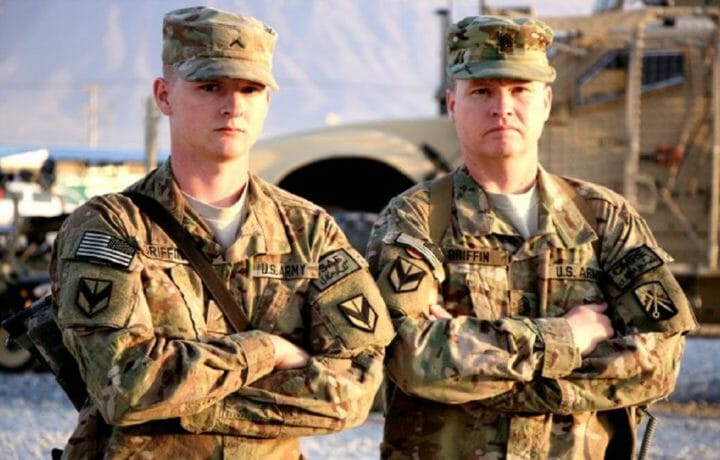The worldwide defense industry is facing significant changes as the 50 nations that represent 97 percent of the world’s defense spending cut military budgets and reprioritize defense, according to the Global Defense Outlook 2013 report by Deloitte.
The end of the wars in Iraq and Afghanistan, as well as shifting of domestic spending priorities for the “Top 50” military spending countries has slowed defense spending overall. However, the lower-income countries with economic growth and lower levels of debt are spending more on defense to confront instability and regional security challenges, the report says.
The United States spent the most on defense (41 percent of total global defense spending), following by China, France, Japan, Russia and the United Kingdom (23 percent). After that Australia, Brazil, Canada, Germany, India, Israel, Italy, Saudi Arabia, South Korea, Turkey, accounted for 19 percent of spending and the rest of the 50 countries spent between three to eight percent. The U.S. defense budget is projected to decrease 20 percent from the post-9/11 peak in 2010 and 2017, the report said.
Defense spending is not only declining for the counties that spend the most on defense, it’s reprioritizing away from conventional weapons like tanks, ships and planes, toward information technology including sensors, communications and cybersecurity. Companies that sell “affordable high-tech” hardware and software can benefit from these shifts said retired Air Force Gen. Charles Wald, chief of the defense practice at Deloitte.
“There is a market in a more connected global economy,” he said, noting there will be a growing demand for communications, information systems, cyberwar tools and tactical gear for special operations forces. “That’s where the new market is going to be.”
Defense priorities are also shifting away from conventional ground armies toward more special operations forces. From 2006 to 2012, the number of countries with a publicly disclosed special operations force increased by 40 percent, the study noted. “Special operations capabilities are increasingly aligned with counterterrorism and counterinsurgency missions — a trend established after the 9/11 attacks.” Two-thirds of the countries adding special operations forces are lower-income countries, where many terrorist-related attacks occur.
“Cold War–era force structure, with its dependence on general-purpose forces and strategic nuclear weapons, is giving way to new structures built around special operations capability and emerging concepts of operations relating to information networks,” the study said.




